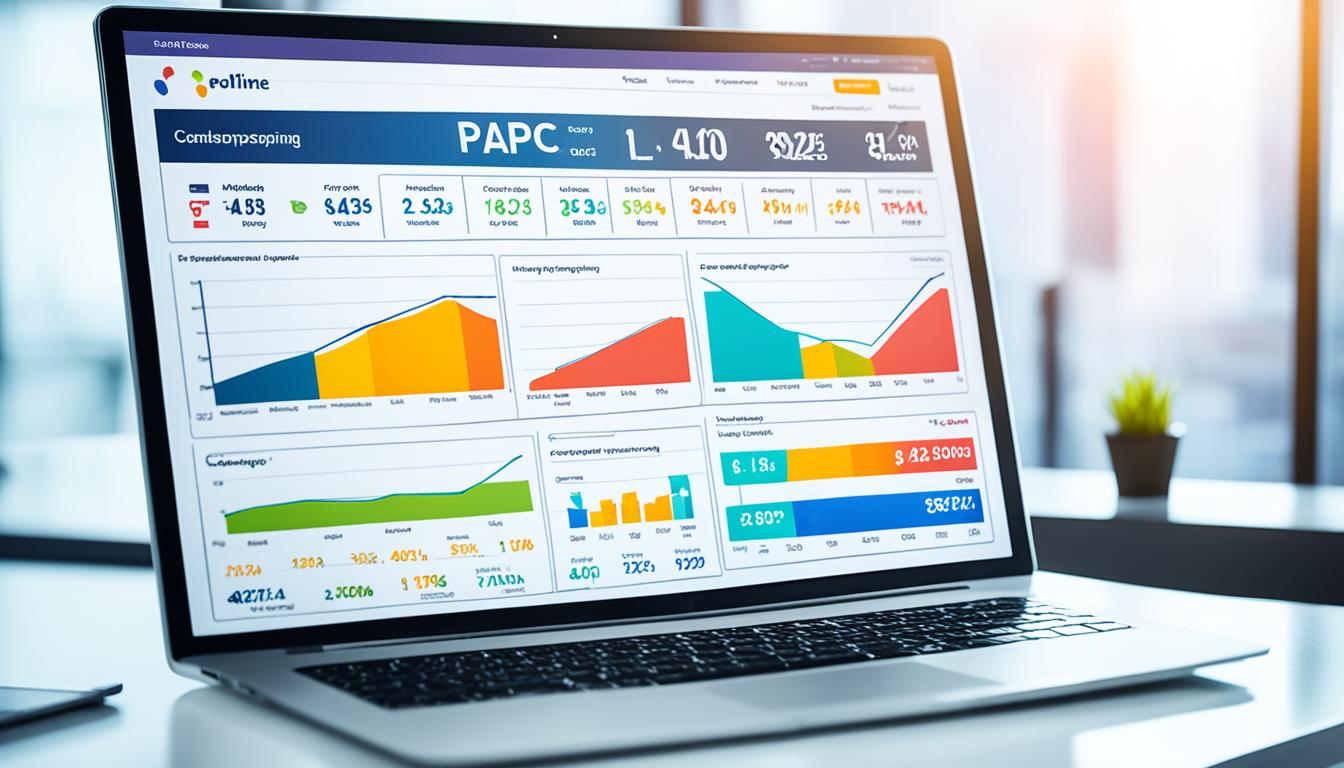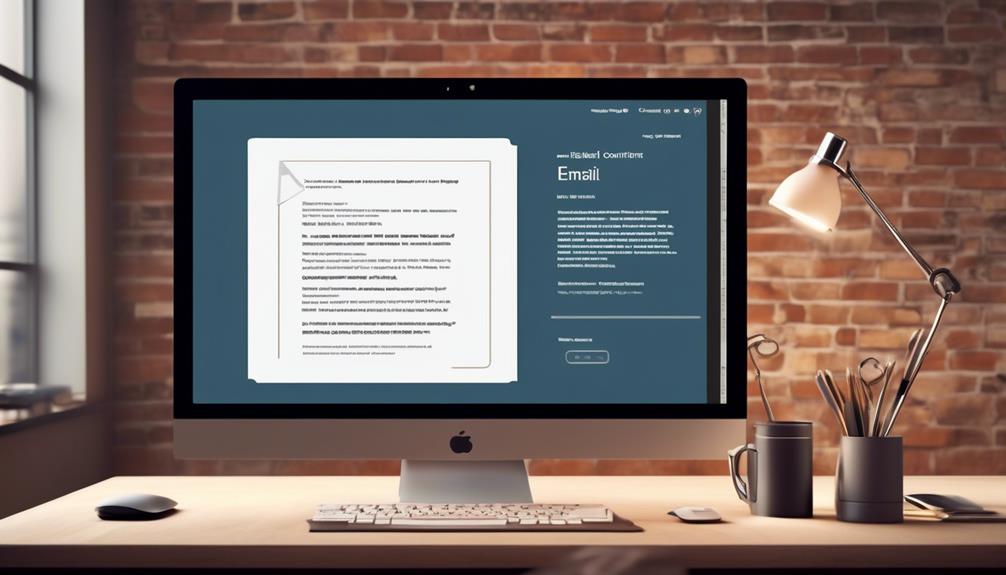Welcome to our guide on how to effectively utilize the “P.S.” in your emails to grab attention. In today’s digital age, it is essential to master the art of creating impactful emails to effectively convey your message, engage your audience, and achieve your goals. This article explores the significance and function of “P.S.” in email marketing. We will showcase examples of its usage, discuss the best practices for incorporating it, and offer tips on crafting a compelling “P.S.” to elevate your email communications.
- Using “P.S.” in emails can enhance your message and capture recipients’ attention.
- “P.S.” can be used as a powerful tool in email marketing campaigns to drive engagement and conversions.
- Adding a personal touch and using “P.S.” strategically can make your emails more effective.
- Understanding when and how to use “P.S.” properly is important to maintain professionalism and avoid miscommunication.
- An effective “P.S.” can optimize email engagement and help achieve your communication objectives.
Why and How to Use “P.S.” in Your Emails
When it comes to email communication, adding a “P.S.” (postscript) can be a powerful tool to capture your recipient’s attention and make your message stand out. In this section, we will explore the meaning of “P.S.” and its significance in email marketing. We will also provide examples of how to effectively use “P.S.” to enhance your emails, as well as discuss when it is appropriate to include a “P.S.” in your emails or letters. Additionally, we will delve into how using a “P.S.” can be valuable for adding punctuation and clarity to your messages.
Understanding the Meaning of “P.S.”
The term “P.S.” originates from the Latin phrase “post scriptum” meaning “written after.” In email communication, a “P.S.” is an additional message or thought that is added after the main body of the email. It is often used to highlight important information, provide additional context, or create a sense of urgency.
Using “P.S.” in Email Marketing
In email marketing, a well-placed “P.S.” can help drive engagement and increase the effectiveness of your campaigns. By strategically using a “P.S.” at the end of your marketing emails, you can reinforce your key message, highlight a special offer or call-to-action, and create a sense of personal connection with your audience.
Examples of Using “P.S.” to Enhance Your Emails
Here are a few examples of how you can use “P.S.” to enhance your emails:
- Add a personal touch: In your follow-up emails, include a “P.S.” to mention something specific about the recipient, showing that you value their individuality.
- Create urgency: Use a “P.S.” to emphasize a limited-time offer or a deadline for taking advantage of a promotion.
- Include a call-to-action: Use a “P.S.” to urge your recipients to take a specific action, such as clicking on a link or replying to the email.
- Reinforce your main message: Summarize the key point of your email in the “P.S.” to ensure it sticks with your recipient.
When to Use “P.S.” in Your Emails or Letters
Knowing when to use a “P.S.” in your emails or letters is essential for maximizing its impact. Here are a few instances where including a “P.S.” can be effective:
- Adding an afterthought: If you have an additional idea or information that is relevant to your message but not crucial to the main body of your email, a “P.S.” is the perfect place to include it.
- Highlighting important details: Use a “P.S.” to draw attention to key information that you want your recipient to remember, such as a meeting time or an important attachment.
- Enhancing readability: If you have a lengthy email, you can use a “P.S.” to break up the text and provide a concise summary or final thought.
Using “P.S.” for Added Punctuation and Clarity
In addition to its traditional purpose, a “P.S.” can also be used for added punctuation and clarity in your messages. By using a “P.S.” to address any remaining thoughts or questions, you ensure that the rest of the email or message flows smoothly and with a clear structure.
Next, we will delve into best practices for using “P.S.” in email communication to ensure you make the most out of this powerful tool.
Best Practices for Using “P.S.” in Email Communication
When it comes to email communication, adding a personal touch can go a long way in making your message stand out. One effective way to achieve this is by utilizing the “P.S.” (postscript) technique. By strategically placing a “P.S.” at the end of your email, you can capture your recipient’s attention and convey important information that might have been missed in the body of the email.
Writing “P.S.” in the Body of the Email
When using the “P.S.” technique, it is crucial to ensure that the content in the body of the email is concise and to the point. The purpose of the “P.S.” is to provide additional information or emphasize a key point, so make sure the body of the email is clear and complete without relying solely on the “P.S.” for important details.

Adding a Personal Touch with “P.S.”
One of the advantages of using “P.S.” in email communication is the opportunity to add a personal touch. You can use the “P.S.” to express gratitude, share a personal anecdote, or address the recipient by name. This personal touch can help create a stronger connection and make your email feel more sincere and authentic.
Considerations for Using “P.S.” in Email Marketing Campaigns
If you are incorporating “P.S.” in your email marketing campaigns, it is essential to ensure that the placement of the “P.S.” is strategic and relevant. A well-placed “P.S.” can draw attention to a call-to-action, highlight a limited-time offer, or provide additional information that encourages engagement and click-through rates.
Ensuring Proper Use of “P.S.” in Your Email or Letter
To ensure the proper use of “P.S.” in your email or letter, it is important to keep the following guidelines in mind:
- Keep the “P.S.” short and concise to maintain its impact.
- Use the “P.S.” to convey important information or emphasize a key point.
- Avoid using “P.S.” multiple times in a single email or letter, as it may diminish its effectiveness.
- Proofread your email or letter to ensure that the “P.S.” is grammatically correct and supports your overall message.
Utilizing “P.S.” as an Additional Means of Communication
Besides its traditional use in email communication and letter writing, “P.S.” can also be utilized as an additional means of communication in various contexts. For example, you can include a “P.S.” in a personal email to express your appreciation, ask a follow-up question, or make an extra point. The versatility of “P.S.” makes it a valuable tool for effective communication in various scenarios.
Tips for Writing an Effective “P.S.”
Now that we understand the importance of using “P.S.” in our email communication, let’s explore some tips for writing an effective “P.S.” that captures attention and engages recipients. By following these guidelines, you can make the most of this powerful tool and optimize email engagement.
How to Make the Most of “P.S.” in Your Email’s Main Body
When crafting your email, strategically place the “P.S.” in the main body to create a lasting impression. Use it to summarize your key message or highlight a call to action. By placing the “P.S.” at the end of your email, it ensures that even skimmers and readers with short attention spans will notice and remember your message.
Adding an Afterthought with “P.S.”
The “P.S.” is not just reserved for important information; it can also be used to add a personal touch and create a sense of familiarity with your recipients. Use the “P.S.” to share a relevant anecdote, ask about their well-being, or mention something specific to your relationship. This way, you not only capture attention but also strengthen the connection with your audience.
Understanding the Importance of “P.P.S.” in Email Communication
While “P.S.” is widely known, “P.P.S.” is a lesser-known gem that can further enhance your email communication. Use “P.P.S.” to include a secondary message, an additional call to action, or an update related to your main email. The unexpected nature of “P.P.S.” can pique curiosity and encourage recipients to thoroughly read your message.
Using “P.S.” in Personal Email Messages
“P.S.” is not limited to business or professional emails. It can also be a valuable addition to personal email messages. Whether you’re writing to a friend, family member, or significant other, the “P.S.” can inject personality, humor, or a heartfelt sentiment. Use it to share an inside joke, express your love, or even include a fun fact.
Optimizing Email Engagement with “P.S.”
To ensure maximum impact, keep your “P.S.” concise and focused. Use attention-grabbing language, such as introducing a limited-time offer or a compelling benefit. Additionally, consider using formatting techniques such as bold or italics to make your “P.S.” visually stand out. By optimizing your “P.S.”, you can captivate your recipients and increase email engagement.
Remember, the “P.S.” is a powerful tool that can improve the effectiveness of your email communication. Use it strategically, test different approaches, and pay attention to the responses you receive. With the right implementation, your “P.S.” can make a lasting impression and drive desired actions from your recipients.

Conclusion
As we conclude our exploration of using “P.S.” in email communication, it becomes evident that this simple yet powerful technique can significantly enhance your messages. By incorporating a well-crafted “P.S.” at the end of your emails, you can capture the attention of your recipients, make your message stand out, and increase engagement.
The key takeaway from this article is that “P.S.” serves multiple purposes in email communication. It can be used as an effective marketing tool by adding a personal touch or emphasizing a call-to-action. Additionally, it can be utilized to provide further information or clarify the main body of the email, making it an essential communication tool.
Remember, strategic use of “P.S.” can make a lasting impression on your recipients and differentiate your emails from the rest. Whether you are sending a professional email, a marketing campaign, or a personal message, incorporating a well-crafted “P.S.” can help you achieve your communication goals.
So, don’t underestimate the power of the postscript. Start incorporating “P.S.” in your emails today, and witness the positive impact it has on your email communication. By effectively using “P.S.”, you can ensure that your messages are noticed, remembered, and acted upon.
FAQ
How do I write “P.S.” in an email to make my message stand out?
To write “P.S.” in an email, simply add it at the end of your message after the main body of the email. It can be used to add an afterthought, additional information, or a call to action. The “P.S.” should be short and to the point, grabbing the reader’s attention and reiterating a specific point.
Why should I use “P.S.” in my emails?
Using “P.S.” in your emails can be an effective way to add a personal touch and make your message stand out. It can also serve as a last chance to make a strong impression or drive a specific action. “P.S.” can be used in both personal and professional settings to enhance your email communication.
Can I use “P.S.” in email marketing campaigns?
Yes, “P.S.” can be a valuable tool in email marketing campaigns. It can help create a sense of urgency, highlight additional benefits of a product or service, or encourage recipients to take action. Make sure to use “P.S.” strategically and in a way that aligns with your overall marketing message.
When is it appropriate to use “P.S.” in my emails or letters?
“P.S.” can be used in various situations, such as adding important information that was initially forgotten, emphasizing a key point, or adding a personal touch. It is generally placed at the end of the email or letter, but it can also be used within the body of the message if it is relevant. Use “P.S.” when you want to capture the reader’s attention and leave a lasting impression.
How can I make the most of “P.S.” in my email’s main body?
To make the most of “P.S.” in the main body of your email, use it sparingly and strategically. It can be used to reinforce a specific point, provide additional information or resources, or highlight a call to action. Keep the “P.S.” short and concise, ensuring that it adds value to the overall message.










